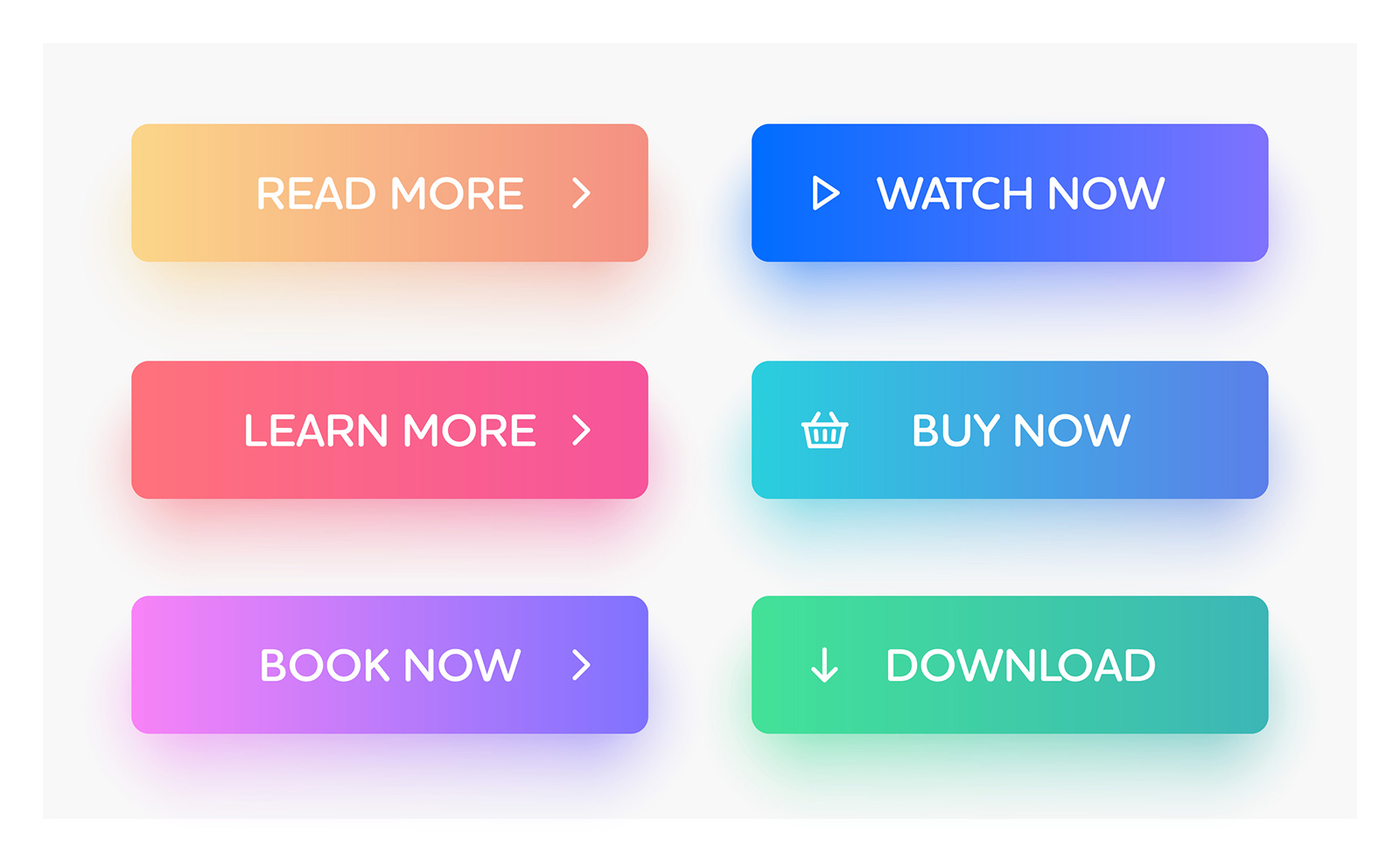An A/B test compares two options of an ad or web page: Option A, and Option B. It is one of the most powerful tools in a digital marketer’s arsenal by helping brands optimize their campaigns, improve engagement, and ultimately drive better results. The purpose of A/B testing is to optimize for a meaningful outcome—whether that means sales, lead form submissions, sign-ups, or another key performance indicator (KPI).

An A/B test compares two options of an ad or web page: Option A, and Option B. It is one of the most powerful tools in a digital marketer’s arsenal by helping brands optimize their campaigns, improve engagement, and ultimately drive better results. The purpose of A/B testing is to optimize for a meaningful outcome—whether that means sales, lead form submissions, sign-ups, or another key performance indicator (KPI).
For example, let’s imagine two advertisements:
- Option A is an ad with a “Learn More” call to action.
- Option B is the exact same ad, but with a “Call Now” call to action instead.
What can we learn by A/B testing these two ads?
That’s tricky! You might realize that phone calls generate more revenue, despite the website traffic ad bringing in more total interactions with the ad. If you want to compare across conversion types, it’s important to calculate the value of each conversion to your business. In digital marketing, a conversion refers to a specific action that a user takes on a website or digital platform that aligns with a business goal. To compare results for an ad optimized for web traffic against an ad optimized for phone calls, you need to know which has a higher conversion value.
For example:
- Option A: If 20% of phone calls from your ads result in an average $1,000 purchase, the conversion value of a phone call is $200 (0.20 × $1,000).
- Option B: If 2% of website visitors from your ads make a $2,000 purchase, the conversion value of a site visit is $40 (0.02 × $2,000).
Just because Option B gets more clicks or impressions, it doesn’t necessarily mean it’s better than Option A. Without aligning your tests to conversion data, you might optimize for the wrong metrics.
In our example, running the ad with a “Call Now” CTA may be more beneficial, even if the same ad results in only three calls when you test Option A and ten site visits when you test Option B.
- Option A: 3 phone calls × $200 conversion value = $600 revenue
- Option B: 10 site visits × $40 conversion value = $400 revenue
Now that we’ve established why conversions should guide your testing, let’s talk about which elements are most valuable to A/B test.
The Most Valuable Elements to A/B Test
1. Headlines & Ad Copy
Your headline is often the first thing a user sees. Testing different messaging approaches—whether benefit-driven, curiosity-inducing, or urgency-based—can significantly impact conversion rates. The same applies to ad copy in paid campaigns.
2. Call-to-Action (CTA) Buttons
The wording, color, size, and placement of a CTA button can greatly influence conversions. Test variations like:
- “Get Started” vs. “Claim Your Offer”
- Button color changes (e.g., red vs. green)
- Placement (above the fold vs. near the form)
3. Landing Page Layout & Design
The structure of your landing page can significantly impact how users engage with content. Experiment with:
- Long-form vs. short-form pages
- Single-column vs. multi-column layouts
- Placement of testimonials, trust signals, or key information
4. Forms & Checkout Processes
If your goal is lead generation or sales, testing form fields and checkout steps is crucial. Experiment with:
- The number of required fields (fewer fields generally improve conversion rates)
- Autofill options and social sign-ins
- One-step vs. multi-step checkout processes
5. Pricing & Offers
Your pricing strategy can make or break conversions. Test:
- Flat pricing vs. tiered pricing
- Free trials vs. money-back guarantees
- Different discount structures (percentage off vs. dollar amount)
6. Audience Segmentation & Targeting
Sometimes, it’s not about what you’re testing but who you’re targeting. A/B testing different audience segments—such as first-time visitors vs. returning customers—can reveal valuable insights into how different groups respond to the same offer.
Final Thoughts
A/B testing is an essential component of digital marketing, but it should be aligned with conversion goals and value. One should clearly understand the value of different conversion types and focus on optimizing elements that directly impact revenue—such as headlines, CTAs, landing page designs, and pricing strategies.
By keeping conversions at the center of your A/B testing strategy, you’ll ensure that every test you run moves the needle in a meaningful way. An A/B test is only as valuable as the results you measure!
Happy testing!
Thanks for checking out our blog—we hope you found it helpful! To learn more about our agency services, give us a call at 972.243.2211 or contact us today to start the conversation.
